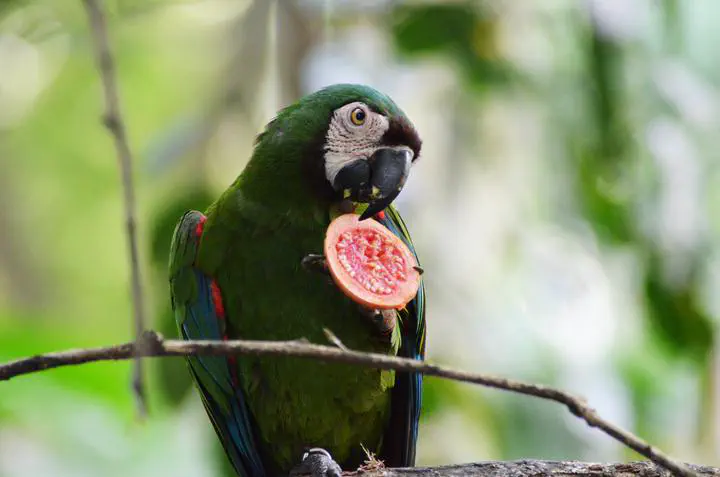Link Prediction in Tropical Plant-Frugivore Interaction Networks
 Photo by Juan Camilo-Guarin on unsplash
Photo by Juan Camilo-Guarin on unsplashThe observed structure of a consumer-resource network consists of only a subset of potential links within that network. The true structure deviates from the metaweb of potential interactions due to stochastic assembly processes, while sampling effort limitations and error mean our observed network likely imperfectly represents this realized structure. Link prediction methods allow us to construct potential metawebs for a given empirical network. These predictions can guide targeted sampling of predicted links between rare species as well as give insight into potential interactions that may occur as species’ ranges shift. These interactions may be predicted using a variety of information types; understanding how different kinds of information compare in their ability to predict links between different types of nodes is important. To this end, we compare random-forest classifier models informed by combinations of phylogenetic structure, species traits, and latent network structure in their ability to predict interactions in a diverse network of fruiting plants and frugivorous birds in Brazil’s Atlantic forest.